A worksheet with questions regarding 2D shapes.
Use this worksheet to highlight students’ understanding of 2D shapes.
Updated: 30 Aug 2023
A worksheet with questions regarding 2D shapes.
Non-Editable: PDF
Pages: 1 Page
Years: F - 2
Sort, name and create familiar shapes; recognise and describe familiar shapes within objects in the environment, giving reasons
Make, compare and classify familiar shapes; recognise familiar shapes and objects in the environment, identifying the similarities and differences between them
Recognise, compare and classify shapes, referencing the number of sides and using spatial terms such as 'opposite', 'parallel', 'curved' and 'straight'
Sorts, describes, names and makes two-dimensional shapes, including triangles, circles, squares and rectangles
Recognises, describes and represents shapes including quadrilaterals and other common polygons
Measures, records, compares and estimates internal volumes (capacities) and volumes using uniform informal units
Sort, describe and name familiar two-dimensional shapes and three-dimensional objects in the environment
Recognise and classify familiar two-dimensional shapes and three-dimensional objects using obvious features
Describe and draw two-dimensional shapes, with and without digital technologies
Sort, name and create familiar shapes; recognise and describe familiar shapes within objects in the environment, giving reasons
Make, compare and classify familiar shapes; recognise familiar shapes and objects in the environment, identifying the similarities and differences between them
Recognise, compare and classify shapes, referencing the number of sides and using spatial terms such as “opposite”, “parallel”, “curved” and “straight”
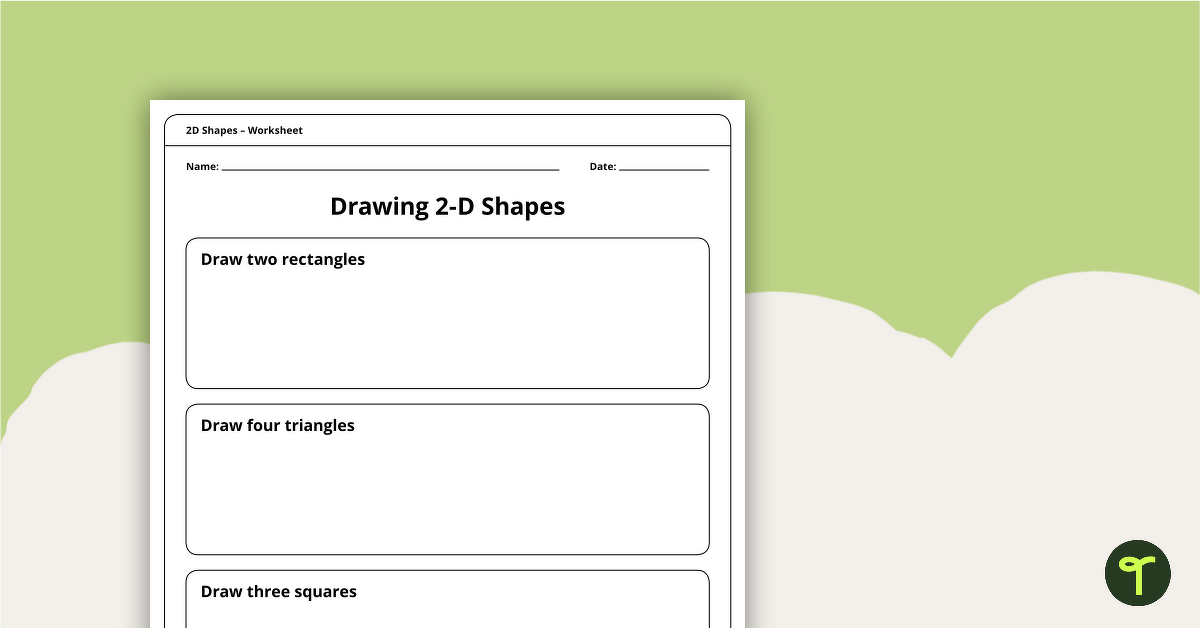
A worksheet with questions regarding 2D shapes.
Use this worksheet to highlight students’ understanding of 2D shapes.
Sort, name and create familiar shapes; recognise and describe familiar shapes within objects in the environment, giving reasons
Make, compare and classify familiar shapes; recognise familiar shapes and objects in the environment, identifying the similarities and differences between them
Recognise, compare and classify shapes, referencing the number of sides and using spatial terms such as 'opposite', 'parallel', 'curved' and 'straight'
Sorts, describes, names and makes two-dimensional shapes, including triangles, circles, squares and rectangles
Recognises, describes and represents shapes including quadrilaterals and other common polygons
Measures, records, compares and estimates internal volumes (capacities) and volumes using uniform informal units
Sort, describe and name familiar two-dimensional shapes and three-dimensional objects in the environment
Recognise and classify familiar two-dimensional shapes and three-dimensional objects using obvious features
Describe and draw two-dimensional shapes, with and without digital technologies
Sort, name and create familiar shapes; recognise and describe familiar shapes within objects in the environment, giving reasons
Make, compare and classify familiar shapes; recognise familiar shapes and objects in the environment, identifying the similarities and differences between them
Recognise, compare and classify shapes, referencing the number of sides and using spatial terms such as “opposite”, “parallel”, “curved” and “straight”

We create premium quality, downloadable teaching resources for primary/elementary school teachers that make classrooms buzz!
Write a review to help other teachers and parents like yourself. If you'd like to request a change to this resource, or report an error, select the corresponding tab above.
Would you like something changed or customised on this resource? While our team makes every effort to complete change suggestions, we can't guarantee that every change will be completed.
Did you spot an error on this resource? Please let us know and we will fix it shortly.
Are you having trouble downloading or viewing this resource? Please try the following steps:
If you are still having difficulty, please visit the Teach Starter Help Desk or contact us .
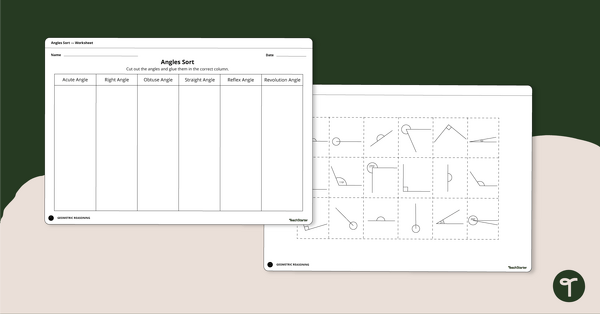
Identify acute, right, obtuse, straight, reflex and revolution angles with this cut-and-paste sorting worksheet.
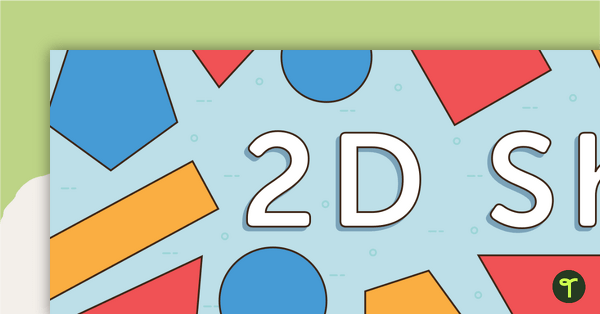
A classroom display banner to use on your '2D Shapes' display board.
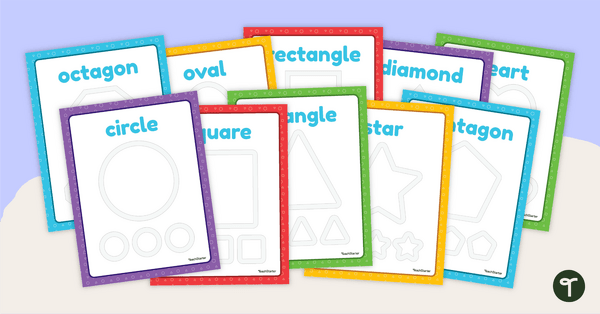
A set of 6 shape playdough mats to help children develop their fine motor skills and identify different 2D shapes.
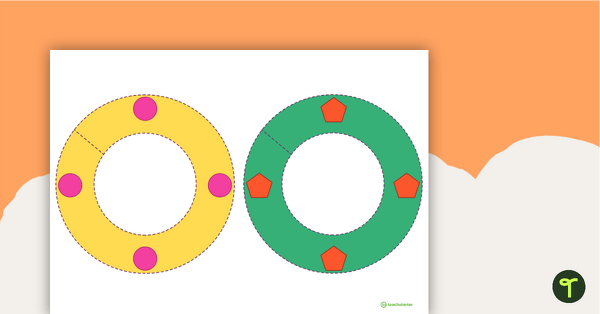
Carpet rings perfect for velcro carpet dots, focusing on 2D shapes and 3D objects.
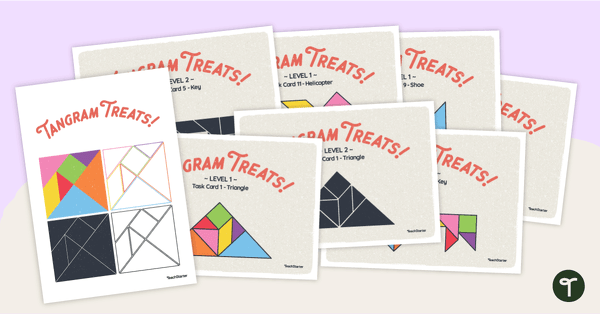
Explore the properties of geometric shapes with this set of scaffolded tangram shapes task cards and cut-out tangram templates.
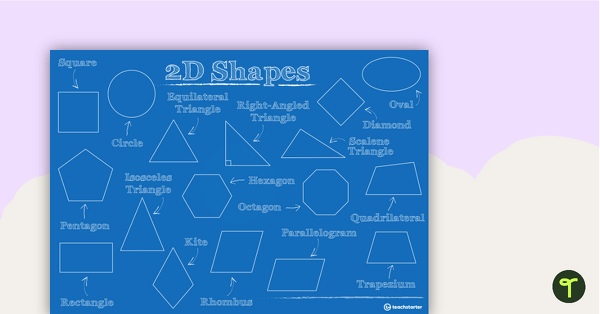
2D Shapes and their names on one poster.

A visual poster examining the difference between flipping, sliding and turning a shape.
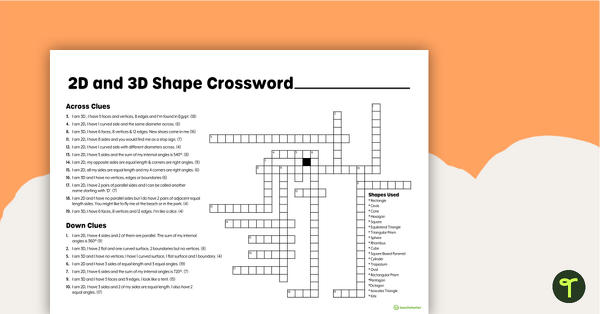
A crossword with clues for both 2D shapes and 3D objects.
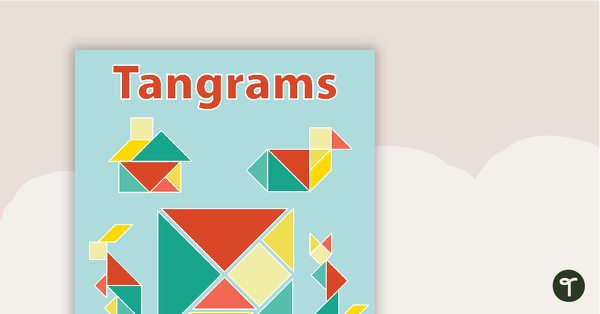
A poster showing examples of tangram shapes and a tangram template.
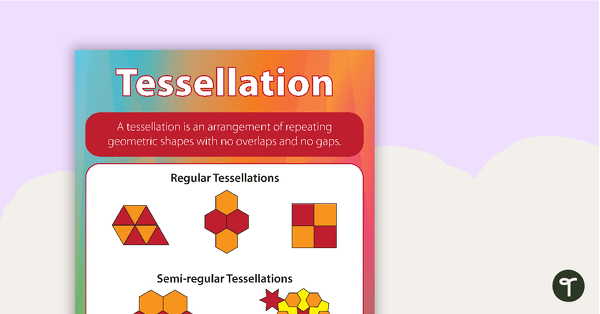
Making tessellating patterns is fun!
very handy for revision and prior knowledge.